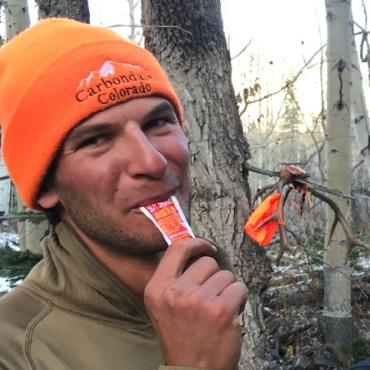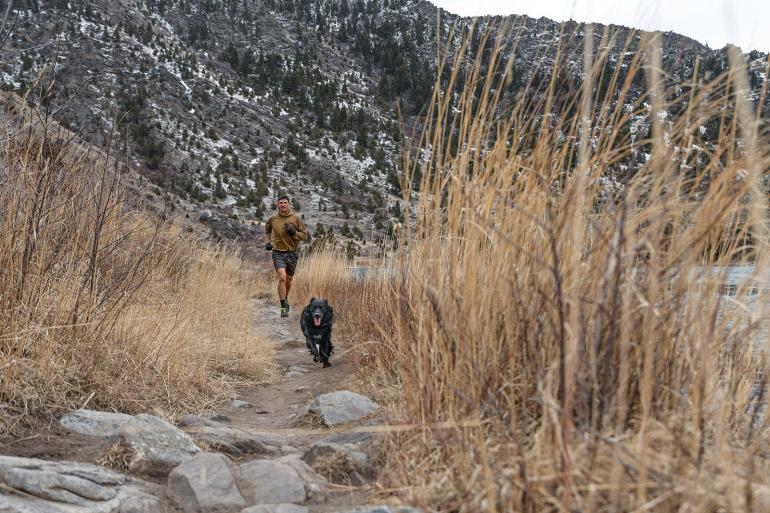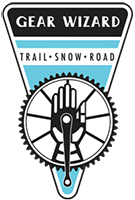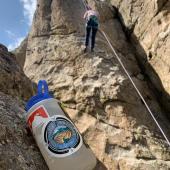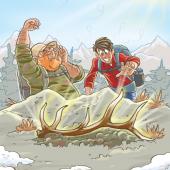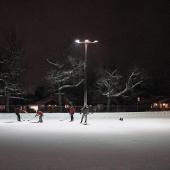Breaking the Shackles
Running from the grasps of competition.
We’ve all seen them: dopamine-seeking, pain-suffering, oft-crippled messes. You know, runners. In bed by nine, up at five-thirty sharp. Water bottles glued to their hands. Pontificating about obscure races, stress fractures, and shoes. Lots of shoe talk—insoles, foam composites, heel drop. Oh, and Scratch Lab pro deals, which by today’s standards makes someone a sponsored athlete. Not to mention scintillating dinner-table conversations comparing race times, interval splits, and altitude conversions—is it 8.5 seconds or 9 seconds per mile? But the most telltale sign of a runner is the omnipresent GPS watch. On the wrist it lies, its voracious appetite eating every mile sent its way, broadcasting to Strava for the world to see. Running offers freedom, but the watch is their master. It consumes their lives, their beings, their souls.
And I used to be one of them.
I lived in a state of existence common to all runners—a limbo between what we want to do, and what we know we should do. We walk laps in the parking lot before runs, arms extended to the sky, begging the satellite gods for connection. Please give me a signal, I’ll do anything! We’re washed with relief when we finally do connect—but it’s short lived. Every mile, we’re reminded of our duties by a chorus of sharp bleeps, and in unison glance at our devices before the numbers disappear into memory.
Overnight, the chronometer that had beeped, bleeped, and dinged with each interval, that had determined the pace and intensity of every run, bike ride, and swim, was reduced to a lifeless piece of plastic.
In a city so immersed in competition, it’s an easy trap to fall prey to. We get so caught up in the latest and greatest trail race that we lose sight of why we’re running in the first place. We petition Big Sky to build a Rut-specific trail, because we can’t stand the idea of course deviations year after year—despite half the race being off-trail to begin with. We compare times on backcountry loops, rather than taking a few minutes to swim in an alpine lake, eat a snack, or nap on a warm lake-side rock. Then, before we know it, the season’s over, the snow is flying, and all we have to show for it are digital mileage logs rather than memories of diving off-trail to pick wild strawberries and relish in the sunshine.
Last year, I decided enough is enough. Actually, my watch decided for me. One October morning, it died. Overnight, the chronometer that had beeped, bleeped, and dinged with each interval, that had determined the pace and intensity of every run, bike ride, and swim, was reduced to a lifeless piece of plastic.
I pressed the start button again. Nothing. Slammed all the buttons at once. Nothing. Replaced the battery. Still nothing.
Now, when I head out on the trails, I leave my phone in the car and my standard, analog watch at home.
Chucking the hunk of fried circuit boards aside, I slid out the door for my run. Trotting at a relaxed pace—knowing nobody would be scrolling through my “Evening Run” on Strava—I inhaled deep breaths of the crisp fall air—letting it sink into my lungs. It felt good and clean. Relaxing. Then I sat down, savoring the feeling and watching the world pass by. Five minutes elapsed. Then ten. Then 15. It was a blissful state of being—the first of many to come.
I haven’t run with a watch since that day—and I have to admit, it’s been a relief. I now reside comfortably on the periphery of Bozeman’s competitive mayhem, the ranks of which are a reassuring crowd. Like them, I still get after it, with the same intensity; but without the need to share my endeavors with the world, I do things for myself, and at my own pace—things I lost sight of as a servant to my watch.
Now, when I head out on the trails, I leave my phone in the car and my standard, analog watch at home. I use the time to slow down, enjoy the sights, and breathe in the Montana air. Because after all, that’s why I’m here.


